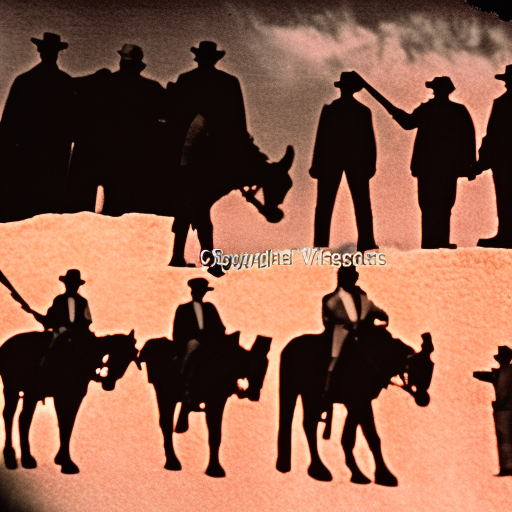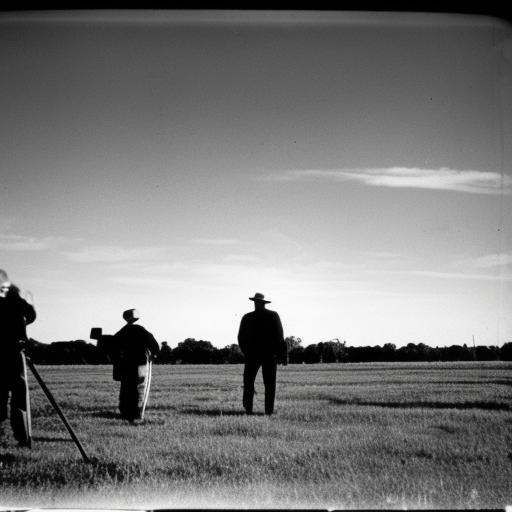The Wilmot Proviso was a failed attempt to ban slavery in territories acquired from Mexico, intensifying the sectional conflict between the North and the South in the United States.
The Ostend Manifesto (1854) Explained
The Ostend Manifesto was a controversial document that advocated for the acquisition of Cuba by the United States in 1854.
The Tariff of Abominations (1828) Explained
The Tariff of Abominations (1828) was a highly controversial protective tariff passed by the United States Congress that led to sectional tensions and ultimately contributed to the Nullification Crisis.
The Adams-Onís Treaty (1819) Explained
The Adams-Onís Treaty of 1819 resolved territorial disputes between the United States and Spain, leading to the acquisition of Florida and the establishment of the western boundary of the United States.
The Hartford Convention (1814) Explained
The Hartford Convention was a meeting of New England Federalists during the War of 1812, where they discussed their grievances and proposed amendments to the U.S. Constitution.
The Battle of Tippecanoe (1811) Explained
The Battle of Tippecanoe was a significant conflict between American forces and Native American tribes led by Tecumseh, marking a turning point in Native American resistance to westward expansion.
The American System by Henry Clay Explained
The American System was a comprehensive economic plan proposed by Henry Clay to promote national unity and economic growth in the United States.
The Gilded Age Explained
The Gilded Age refers to the period of rapid economic growth and wealth accumulation in the United States during the late 19th century, characterized by stark social inequality and political corruption.
The Rough Riders Explained
The Rough Riders were a volunteer cavalry unit led by Theodore Roosevelt during the Spanish-American War.
The Pullman Strike (1894) Explained
The Pullman Strike was a nationwide railroad strike in 1894 that resulted in violent clashes between workers and the government, leading to significant labor reforms.
The California Gold Rush (1848-1855) Explained
The California Gold Rush was a period of mass migration and economic boom in California triggered by the discovery of gold in 1848.
The Homestead Act (1862) Explained
The Homestead Act of 1862 granted free land to settlers in the United States, encouraging westward expansion and the development of agriculture.




















